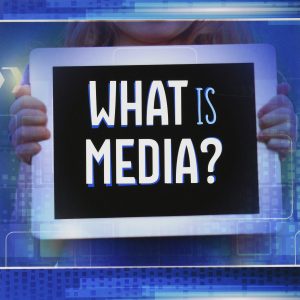How To Create Semantic Content Network? Ranking Websites on Google

Creating a Semantic Content Network (SCN) and ranking websites on Google requires a deep understanding of SEO, content creation, and the evolving nature of search algorithms. Here’s a step-by-step guide to help you achieve this:
Also Read:- How to Use ChatGPT Code Interpreter Feature- Blogs Year
1. Understand Semantic Search:
Google’s algorithms have evolved to understand the context and intent behind user queries. This means that instead of just matching keywords, Google tries to understand the meaning behind a search.
2. Keyword Research:
- Traditional Keywords: Start with tools like Google Keyword Planner, SEMrush, Ahrefs, or Ubersuggest.
- LSI Keywords: These are semantically related keywords. Tools like LSI Graph can help you find them.
- User Intent: Understand whether users are looking for information, to make a purchase, or to navigate to a specific site.
3. Create High-Quality Content:
- Content Depth: Cover topics in-depth, answering all potential user questions.
- E-A-T: Ensure your content demonstrates Expertise, Authoritativeness, and Trustworthiness.
- Update Regularly: Keep content fresh and up-to-date.
4. Structure Your Content:
- Use Headers: Break your content into sections using H1, H2, H3, etc.
- Internal Linking: Link to other relevant content on your site.
- External Linking: Link out to authoritative sources when relevant.
5. Optimize On-Page SEO:
- Meta Tags: Write compelling meta titles and descriptions.
- URL Structure: Keep URLs short and descriptive.
- Image Optimization: Use alt tags and compress images.
6. Build a Semantic Content Network:
- Topic Clusters: Group your content into related topics. For example, if you have a main article about “Digital Marketing,” you might have sub-articles about “SEO,” “PPC,” “Content Marketing,” etc.
- Pillar Content: This is your main, comprehensive content piece. Link all related content back to this.
- Internal Linking: Ensure all related content pieces are interlinked.
7. Off-Page SEO:
- Backlinks: Build high-quality backlinks from authoritative sites.
- Guest Posting: Write for other sites in your niche.
- Social Signals: Encourage social shares and engagement.
8. Technical SEO:
- Mobile Optimization: Ensure your site is mobile-friendly.
- Site Speed: Use tools like Google PageSpeed Insights to optimize.
- Schema Markup: This helps search engines understand the context of your content.
9. Monitor and Analyze:
- Google Analytics: Track user behavior and site performance.
- Google Search Console: Monitor site health, indexing status, and keyword performance.
- Continuous Learning: SEO is always evolving. Stay updated with the latest trends and algorithm changes.
10. Engage and Build Community:
- Comments: Encourage comments and engage with your readers.
- Forums and Q&A: Participate in niche-related forums and Q&A sites like Quora.
- Social Media: Build a strong presence and engage with your audience.
Also Read:- Guide to Using ChatGPT For Data Science- Is More Important Than Coding
Remember, while SEO can drive organic traffic, the end goal should always be to provide value to your users. Focus on creating high-quality, user-centric content, and the rankings will follow.








